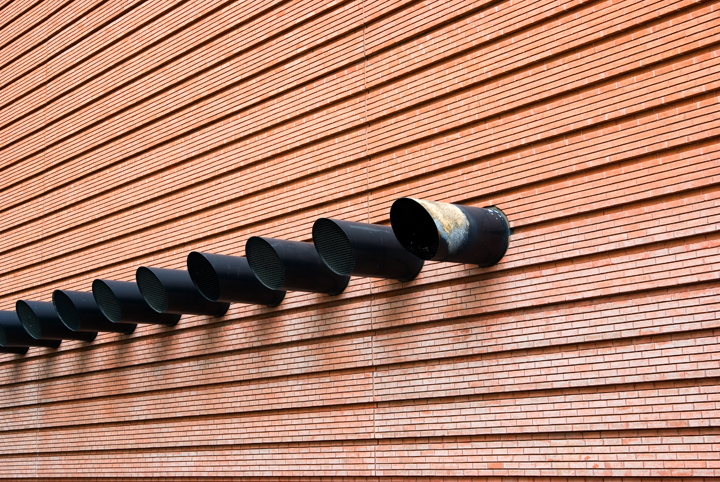New Owner of high-profile Peninsula Tower aims to take biotech to new heights
Source: San Francisco Business Times
By: Ron Leuty
Date Posted: November 19, 2015
Emerging biotech companies are fighting a losing battle for space against deep-pocketed, aggressive tech companies. But Neil Fox expects to deliver a new life sciences option by this time next year.
Fox’s Phase 3 Properties Inc. closed Tuesday on its acquisition of the high-profile Centennial Towers project, nestled between San Bruno Mountain and Highway 101 in South San Francisco.
The developer plans to immediately convert part of the existing 12-story tower for biotech companies by the third quarter of 2016, then start construction of a 21-story, 400,000-square-foot biotech-centric structure to the immediate north that would come online in the second half of 2017.

The overall 800,000-square-foot development’s sale price wasn’t disclosed.
In a tight market for biotech labs/offices, Fox believes Phase 3’s focus on ready-to-occupy highrise space will be a winner. The vacancy rate for new biotech space in South San Francisco is in the low single digits, not counting a half-million square feet of sublease space held by Amgen Inc. (NASDAQ: AMGN).
If nothing else, Phase 3’s timing is impeccable: Space in the two-building, 253,000-square-foot first phase of HCP Inc.’s (NYSE: HCP) The Cove at Oyster Point already is booked for its third-quarter 2016 opening.
By the time, Phase 3’s 150,000-square-foot south tower upgrades for biotech will be ready, Fox said, and construction will be under way on the north tower.
Two other South San Francisco biotech projects entitled for roughly 3 million square feet — BioMed Realty Trust’s (NYSE: BMR) Gateway of Pacific and Shorenstein/SKS Properties’ bayside project — haven’t yet broken ground.
Centennial Towers developer Jack Myers earlier this year considered building the planned north tower as condominiums. But Fox, whose San Diego company focuses exclusively on life sciences, said the future is in biotech.
“Our research says there’s a need across the board. That’s why QB3’s incubators (in San Francisco and Berkeley) are so full,” Fox said. “There’s no real second-generation space on the market right now.”
Indeed, a number of young and emerging life sciences companies — as well as larger, growing companies — are in a critical search for space.
Buoyed by a renewed interest by venture capital firms in early-stage drugs, those companies are bringing on more staff to push experimental treatments into studies in humans, but they often lose the space race to larger, established tech or drug-development companies that can lease floors at a time.
“We need the space last month, not a year from now,” said Ken Horne, CEO of Symic Biomedical Inc., a 17-person, two-year-old company with one potential treatment in an early-stage clinical treatment and another set to start in the first half of next year. “A year is hard for a high-growth, high-momentum startup.”
Symic is housed in the University of California-related QB3@953 life sciences incubator in San Francisco’s Dogpatch neighborhood.
But Fox’s excitement about Centennial Towers isn’t based on timing alone: The development will offer biotech companies a high-rise option they don’t otherwise have in the Bay Area, he said, as well as space that needs a minimum of work for a quick move-in.
The Cove from HCP and the Gateway of Pacific project from BioMed, which is being acquired by Blackstone Group, have played up their tech-like campuses and amenities such as a bocce ball court and walking trails. But Fox said Phase 3’s differentiator with Centennial Towers is the high rise option that rarely is offered biotech companies outside of high-cost, high-density markets such as New York and Boston.
Working with San Diego’s McFarlane Architects, Phase 3 has floor plans that Fox said work for 95 percent of biotech companies. The space is a mix of 60 percent office and 40 percent general biology and chemistry labs — all with natural light.
Skidmore, Owings & Merrill LLP, the architect for Centennial Towers’ unique glass-facade south structure, also is designing the north tower.
“There’s no buried space in our buildings,” Fox said. “The quality of the project, the detail that went into it (by Myers), was something that was very attractive to us.”
Link to article: Peninsula Biotech







